#mu sculp
Explore tagged Tumblr posts
Photo

Auguste Rodin (French, 1840–1917)
Le Baiser / The Kiss, c. 1882
marble sculpture
181.5 cm × 112.5 cm × 117 cm (71.5 in × 44.3 in × 46 in)
@ Wikimedia Commons
Rodin was a French artist widely regarded as the father of Modern sculpture. Known for his expressive depictions of the human form in bronze and marble, Rodin is responsible for such iconic works as The Kiss (c. 1882) and The Thinker (1902).
#auguste rodin#kiss#modern sculpture#french art#sculpture#art#mu art#mu sculp#wikimedia commons#30 notes#30 art#50 art#50 notes
54 notes
·
View notes
Note
hello don't know if you remember
We talked before icluding I paid some ko-fis to you, you made me some faceports and we were talking about future ones that I planned to help with donations because of it. I wonder if you will update the ones you made for me, Kan-esenna with horns and hilda ears for example, your own sculps too, and others. My requests were usually by chat, not the most popular faceports so I worry that they are gone.
I do remember you. My memory is not that bad ^^ As long as i am still into in ff14 modding i will always happily update any mods including the private ones. Please kick mu a** and i will do my best to update them soon. ^^
0 notes
Photo
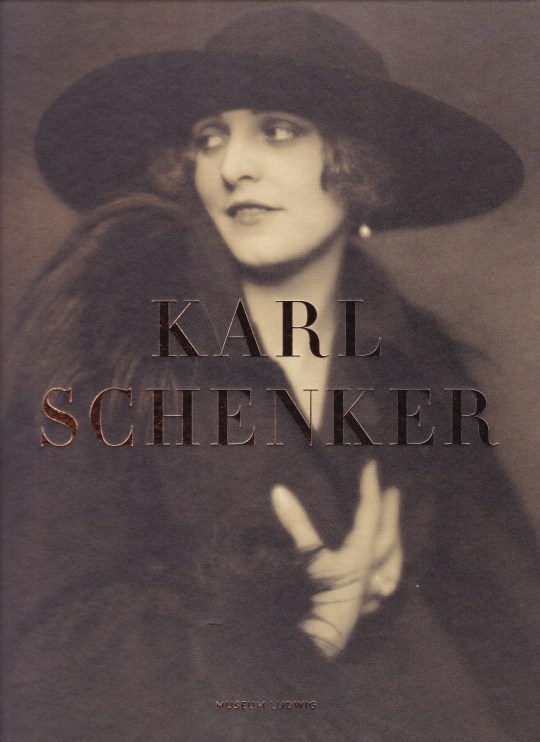
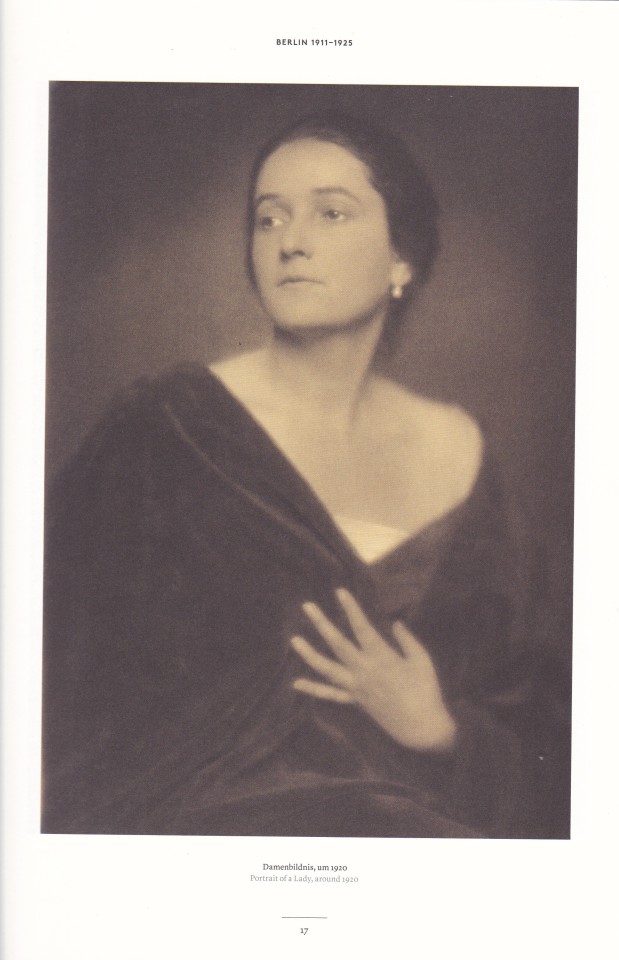
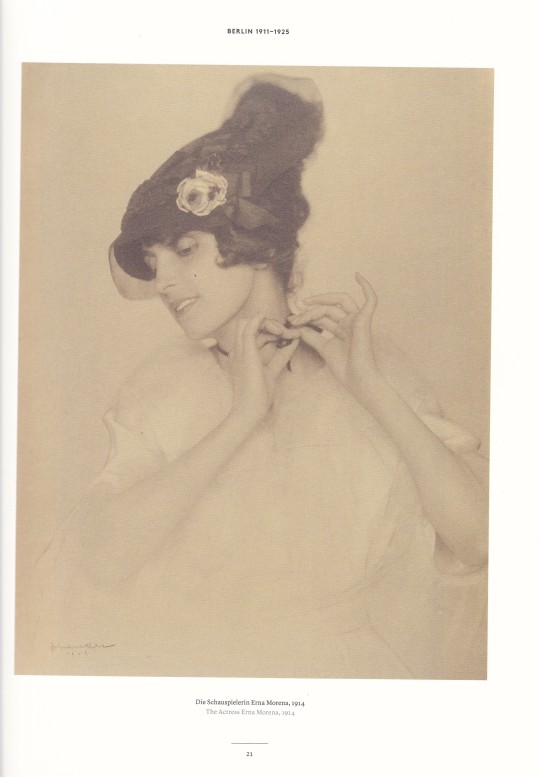
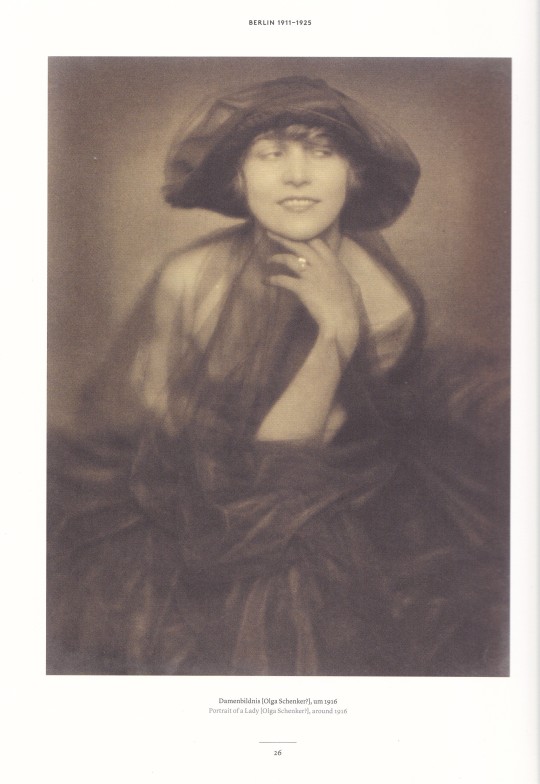
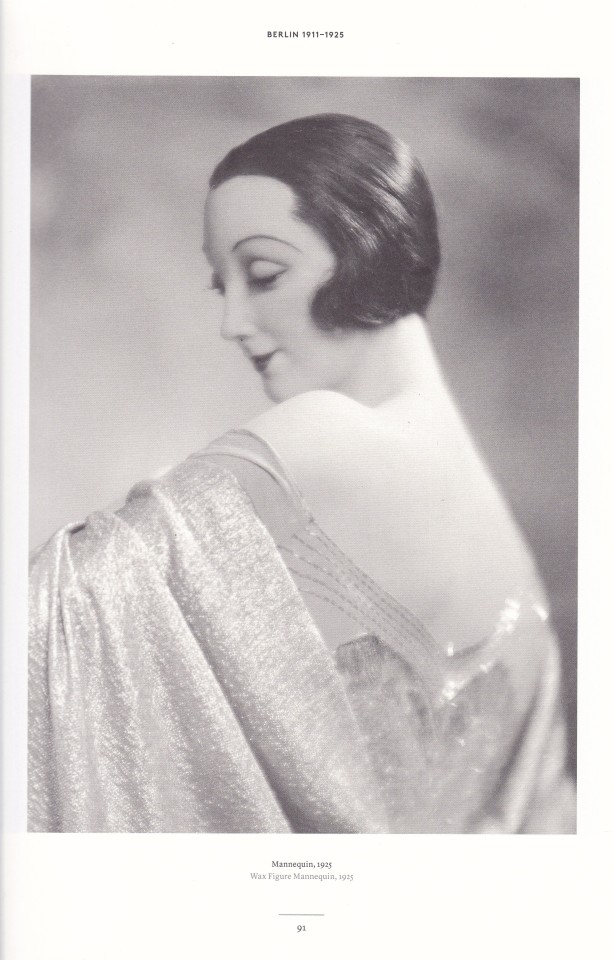
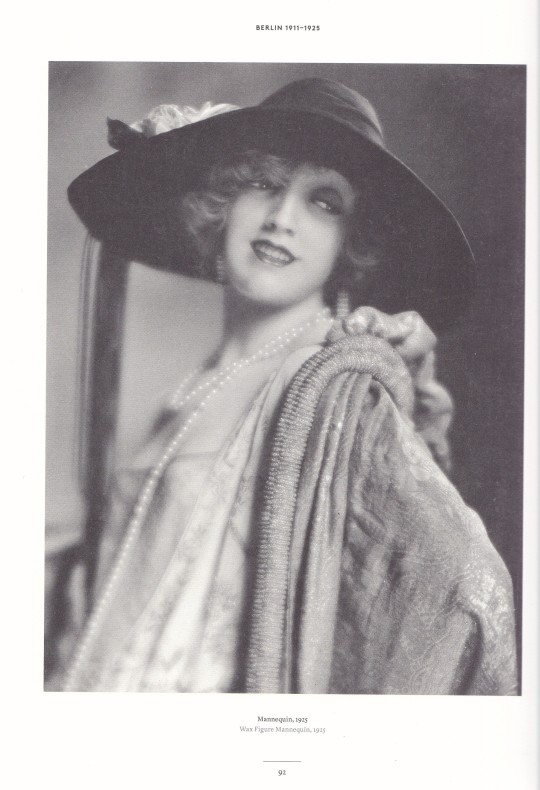
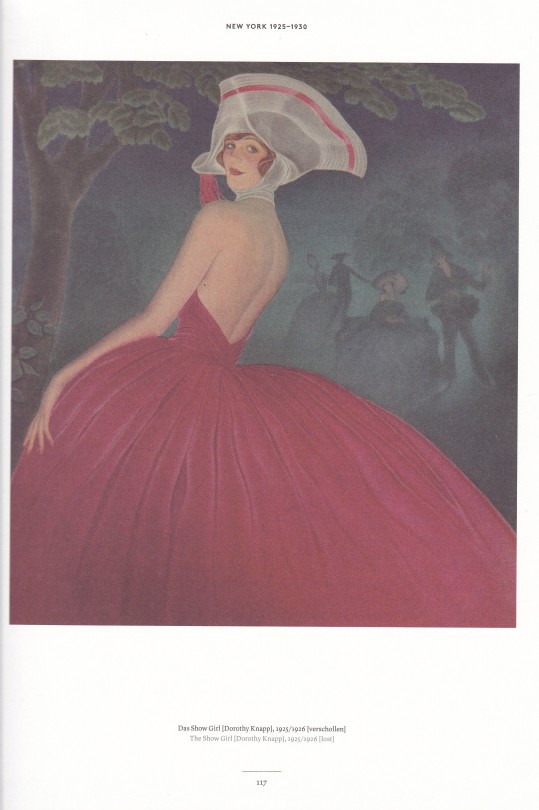
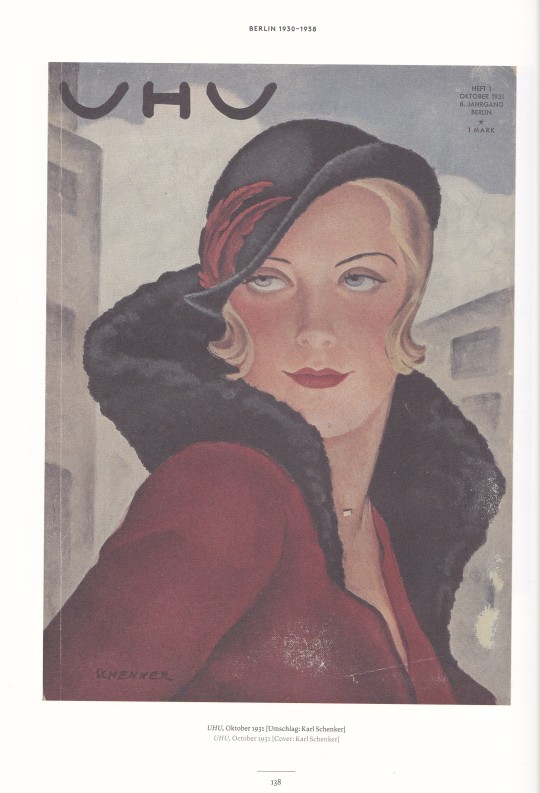
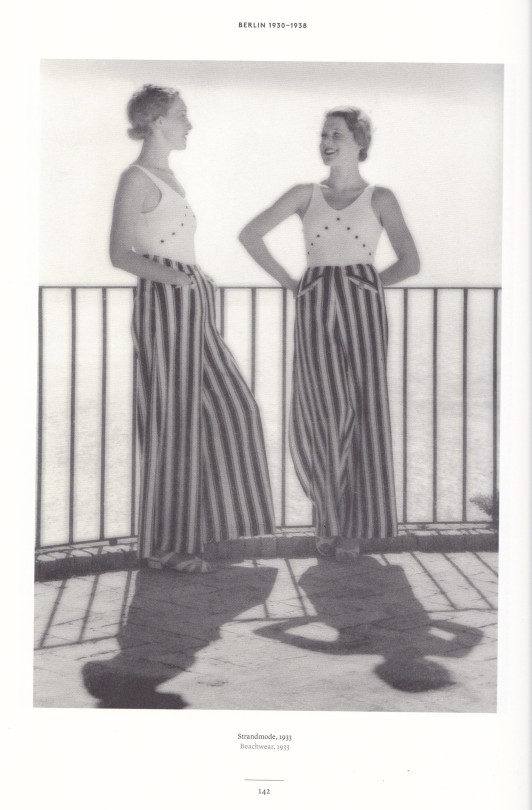
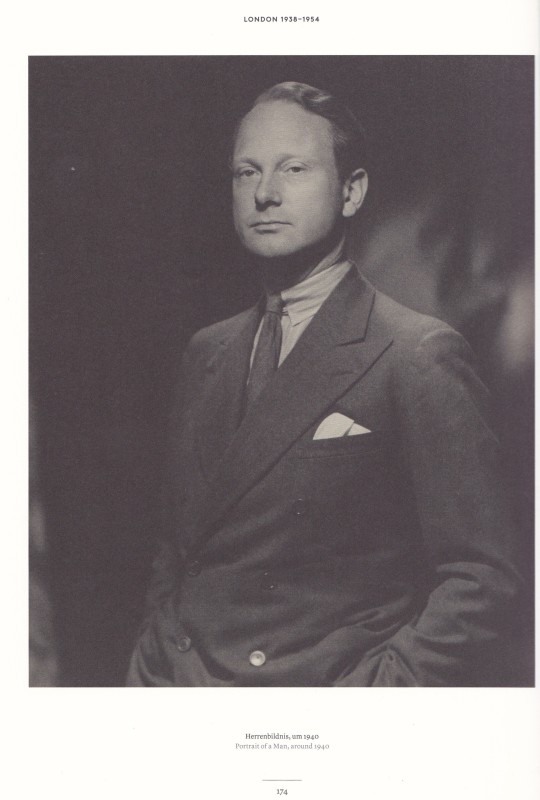
Karl Schenker’s Glamorous Images - Karl Schenkers Mondäne Bildwelten
edited by Miriam Halwani
Museum Ludwig, Köln - Verlag der Buchhandlung Walther König, Köln 2016, 208 pages, 24.5 x 30.5 cm, hardcover, English/German, 978-3-96098-020-9
euro 30,00
email if you want to buy :[email protected]
Karl Schenker (1886–1954): the “born portraitist of elegant people,” “a master of several mediums,” “stage director of women’s heads”—the press was enthusiastic about the photographs that made Karl Schenker one of the best-known society photographers in the 1910s and ’20s. Everybody who was anybody had their portrait taken in his Berlin studio on the famous Kurfürstendamm.
After all, no one made their subjects look better, and there was no greater master of retouching. He wrapped actresses, dancers, and society ladies in tulle and furs before taking their picture—or he painted the fur into the picture afterwards. As a photographer, illustrator, painter, and for a time even a sculptor, Schenker dedicated himself to creating beautiful portraits of women. He made use of every means of retouching, but surely also the rising cosmetic industry and in some cases presumably the equally young cosmetic surgery. Especially women became formable material, and Schenker had one goal above all: beauty.
Little is known about Schenker’s life and work. Born in 1886 in Bukovina (Romania), he came to Berlin via Lviv and Munich around 1912, where he established a flourishing studio. In 1925 he moved to New York for five years, where he mainly illustrated and painted portraits under the name Karol Schenker. After 1930, back in Berlin, his name appears as an advertising photographer in magazines. But after 1934 the trail goes cold. Facing persecution as a Jew, in 1938 he emigrated to London, where he opened a studio on Regent Street. He died in London in 1954.
The Museum Ludwig recently acquired around 100 portraits and is taking this as an occasion to trace Schenker’s life and work for the first time and to rediscover an unjustly forgotten artist. Around 250 works will be presented, including international loans: photographic portraits of once-famous women and men, fashion and wax figure photographs, magazine covers designed by Schenker, an original drawing, a painting, movie star postcards—even collectible images from cigarette packages. To rediscover Karl Schenker is to rediscover a photographer who transformed his models in his works into the glamorous creatures they wanted to be seen as.
12/03/21
orders to: [email protected]
ordini a: [email protected]
twitter: @fashionbooksmi
instagram: fashionbooksmilano, designbooksmilano tumblr: fashionbooksmilano, designbooksmilano
#Karl Schenker#1900-1945#Portraits#Society#fashion photography#Photography Monograph#Museum Ludwig#photography exhibition catalogue#Berlin#New York#London#fashion books#fashionbooksmilano
27 notes
·
View notes
Note
When you design new toys do you sculpt them by hand or do you use 3D printing or something? If you sculpt them by hand how do you make the different sizes identical or are they identical?
Thats a really interesting question.
I personally prefer to use cad programms and my loved 5 axis cnc mill(the german word is 5-Achsen Bearbeitungszentrum so i hope I translated it right).
I seldom sculpt because after my brain trauma my hands are sometimes shaky so I prefer cad(although I still can sculpt on my good days)
My head of the sfx mu shop loves sculping and never uses cad programms etc. For example, she sculpted this one:
https://organotoy-sextoys.tumblr.com/post/175854868048/a-review-of-organo-sex-toys
She also painted around half of it after I started to get tremor when I airbrushed the tip.
Another of my sfx artists prefers zbrush (but uses also blender, inventor etc) so it depends on who designs the toy.
But when I started the company nearly 8years ago alone most toys were sculpted. But their are lots of differences between the early fisting/stretching toys and what we design today. But still around 50% of our sales are the older designs.
It depends on what for different sizes. For example, the saw´s. They have a handle and although the diameter of the penetrator is smaller the hands still have the same size. So we made the handles nearly the same size.
Another example, the saber. We will make smaller and bigger versions of it one day but the length of the part between the cone and the food wont change a lot so you can still grip it pretty good
And for the eggs the molds are directly milled.
I hope I could help you with my answer
13 notes
·
View notes
Link
Artist: Trisha Donnelly
Venue: Museum Ludwig, Cologne
Exhibition Title: 2017 Wolfgang Hahn Prize
Date: April 25 – August 31, 2017
Click here to view slideshow
Full gallery of images, press release and link available after the jump.
Images:
Images courtesy of the artist and Museum Ludwig, Cologne. Photos by Fotografie Schulzki.
Press Release:
The Gesellschaft für Moderne Kunst am Museum Ludwig will present the 2017 Wolfgang Hahn Prize to Trisha Donnelly. With this prize, which has been awarded annually over the past twenty-three years, the organization will recognize the extraordinary oeuvre of this artist, who was born in 1974 in San Francisco and now lives in New York.
The prize includes the acquisition of a work or a group of works by the artist for the collection of the Museum Ludwig. An exhibition of Trisha Donnelly’s work will also take place at the museum, and a catalogue will be published to commemorate the award. The jury for the 2017 Wolfgang Hahn Prize included this year’s guest juror Suzanne Cotter, director of the Serralves Museum of contemporary art in Porto; Yilmaz Dziewior, director of the Museum Ludwig; Mayen Beckmann, chairwoman of the Gesellschaft für Moderne Kunst; as well as Gabriele Bierbaum, Sabine DuMont Schütte, Jörg Engels, and Robert Müller-Grünow as board members of the Gesellschaft für Moderne Kunst.
Mayen Beckmann, chairwoman of the Gesellschaft für Moderne Kunst, offered the following statement on the selection of the artist: “The jury was enthusiastic about Trisha Donnelly’s diverse work, which resists interpretation. With sculptures, drawings, performances, films, and photographs, she creates works that lead us as viewers into entirely different spheres of perception. Her consistency and radical approach to questions of aesthetics or reception were an important reason for honoring Trisha Donnelly with the Wolfgang Hahn Prize. This is very much in keeping with the spirit of Wolfgang Hahn, who saw the connection between life and art in the avant-garde.”
Suzanne Cotter, director of the Serralves Museum of contemporary art in Porto: “The Wolfgang-Hahn Prize is one of the most inspiring awards for contemporary artists of its kind, and it is with enormous pleasure that the prize this year goes to Trisha Donnelly. Trisha Donnelly is without doubt one of the most compelling artists of our time whose work offers entirely new ways of experiencing and thinking about form, at once synaesthesic and disruptively transporting. As an artist she occupies a position of committed resistance to the easy appropriation of art as something contained and ultimately controllable. At the same time, the extraordinary generosity of her work, that touches on the visual – in particular the photographic – , the spoken, the aural and the physical, is electrifying in its permission.”
Yilmaz Dziewior, director of the Museum Ludwig: “For us as an institution whose mission is to collect contemporary art, the presentation of the prize to Trisha Donnelly is excellent news. I have followed Trisha’s work closely for years; she brings the problem that artists have long worked on—namely, what the very concept of an artwork means—into the future. Her independence and resistance to all forms of appropriation are essential elements of her work, as is her ability to adjust to the specific exhibition venue and context, only to overturn everything, to dispense with any context of meaning, and to directly appeal to the viewer. The Wolfgang Hahn Prize thus once again sets new standards by recognizing an extraordinary and pioneering artist.”
BAUWENS and Ebner Stolz, two local companies in Cologne, will continue their long-term support of the award ceremony in 2017 as well as the exhibition at the Museum Ludwig and the publication. In 2016 both companies agreed to generously support the Wolfgang Hahn Prize for at least three years.
Link: Trisha Donnelly at Museum Ludwig
Contemporary Art Daily is produced by Contemporary Art Group, a not-for-profit organization. We rely on our audience to help fund the publication of exhibitions that show up in this RSS feed. Please consider supporting us by making a donation today.
from Contemporary Art Daily http://bit.ly/2w19vq7
0 notes
Photo

Gonzalo Fonseca (Uruguayan, 1922 -1997)
Castrum Doloris, 1974 – 75
Limestone
Time for Fonseca is a perceptible multiplicity. It enables him to embrace both abstraction (associated with signs, symbols, and generalities) and representation (associated with realism and specificities). Fonseca punctures the orthodoxy of flat forms with dwellings akin to archaeological Joseph Cornells, a synthesis of both tendencies that does not demand unity.
In refusing to be conditioned by the society in which he lived, Fonseca followed his imagination. Yet a longing for classical equilibrium also held him, as is likewise visible in the deep melancholy that pervades De Chirico’s painting The Enigma of the Arrival at the Afternoon (1912). These intricate towns, ruins, façades of unbuildable architecture, haunting streets, empty piazzas, and water vessels of various shapes are alive, unpopulated because the shapes are the population, populating the stone and taking up residence as symbols, exuding their auras as objects made for backdrops and dreamscape still lifes.
https://brooklynrail.org/2017/12/artseen/Bui
5 notes
·
View notes
Photo

Igor Mitoraj (Polish, 1944-2014)
Mars
bronze 22 3/4 x 10 3/4 x 12 in. (57.7 x 27.3 x 30.4 cm.)
Executed in 1999
© CHRISTIE'S
#igor mitoraj#polish art#contemporary art#sculpture#mars#polish sculptor#art#contemporary sculpture#mu art#mu sculp#mu
3 notes
·
View notes
Photo

BRUNO MUNARI (1907-1998)
Flexi, 1968 scultura flessibile, 40x40x40 cm
Auction © LiveAuctioneers
#bruno munari#kinetic art#sculpture#mobile sculpture#italian art#art#mu art#mu sculp#mu#liveauctioneers
8 notes
·
View notes
Photo

Mimmo Paladino (Italian, b. 1948)
The Sound Of Night /Il Rumore della Notte, 1986
bronze sculpture
Museum of Fine Arts, Houston
https://www.nanopress.it/cultura/foto/arte-contemporanea-italiana-gli-artisti-piu-conosciuti_4595.html
5 notes
·
View notes
Photo

Germaine Richier (French, 1904-1959)
Don Quichotte, 1950
bronze, 223.20 x 0.00 cm
https://www.blouinartinfo.com/galleryguide-venues/289833/past
#germaine richier#french art#french sculptor#don quichotte#modern sculpture#sculpture#art#mu art#mu sculp#mu#30 art#30 notes
52 notes
·
View notes
Photo

Alberto Giacometti (Swiss, 1901–1966) La Cage, Première Version, 1950 bronze 90.50 x 0.00 cm
https://www.blouinartinfo.com/galleryguide-venues/750624/past
#alberto giacometti#swiss art#modern sculpture#sculpture#expressionism#swiss sculptor#art#mu art#mu sculp#mu#10 art#10 notes
9 notes
·
View notes
Photo

Dame Barbara Hepworth (English, 1903 -1975) Orpheus (Maquette 2) (Version II) 1956, edition 1959 copper alloy and cotton string on wooden base 1149 x 432 x 415 mm
© Bowness / © Tate, London
In the 1950s Hepworth found new ways to make abstract sculpture. Having previously concentrated on carving, she began using sheet metal and string. Many artists at the time looked to her work as an endorsement of their own abstract work. However, Hepworth’s sculptures always followed the geometric rules that they favoured. The form and the title of this work (which references ancient Greek musician and poet Orpheus), bring together ideas of a harmony between modern technology, musical composition and Greek myth.
2 notes
·
View notes
Photo

Jacques Lipchitz (Russian-French, 1891 –1973)
Meditation, 1931, cast 1960s
plaster, 197 x 180x 146 mm
© The estate of Jacques Lipchitz, courtesy, Marlborough Gallery, New York
© Tate, London
Lipchitz made a number of similarly abbreviated sculptures of heads and hands in the early 1930s, which develop his interest in the idea of a hollow space within the body. This particular pose goes back to the ‘Man Leaning on his Elbows’, 1925, which is itself related to the ‘transparent’ sculptures of that year.
#jacques lipchitz#lipchitz#modern sculpture#cubism#french art#lithuanian art#sculpture#russian sculptor#mu art#mu sculp#mu
1 note
·
View note
Photo

Lynn Chadwick (English, 1914 - 2003)
Walking cloaked figures I, 1978
bronze
BlouinArtinfo
#lynn chadwick#english art#modern sculpture#sculpture#british art#art#british sculptor#mu sculp#mu art#mu#40 art#40 notes
38 notes
·
View notes
Photo

Isamu Noguchi (Japanese-American, 1904 -1988)
RECURRENT BIRD, 1958 Greek marble 45 by 46 by 16cm
(C) Sotheby's
6 notes
·
View notes
Photo

Alexander Calder (American, 1898 - 1976)
Object with Red Discs, 1931 Painted steel rod, wire, wood and sheet aluminum
© Whitney Museum of American Art
In 1930, Alexander Calder visited the Paris studio of Dutch artist Piet Mondrian, where he was intrigued by a group of colored cardboard shapes pinned to the studio wall. The encounter inspired Calder to start making abstract sculpture and prompted him to create the first abstract sculptures that moved.
He carefully planned out his moving sculptures before he built them. He thought about how the object would move and what kinds of lines or shapes the different parts would make while in motion. These experiments would eventually lead to Calder’s invention of the mobile.
https://whitney.org/Education/ForTeachers/TeacherGuides/AmericanLegends
#alexander calder#american art#mobile sculpture#kinetic art#american modernism#sculpture#art#mu art#mu sculp#mu#american link
3 notes
·
View notes